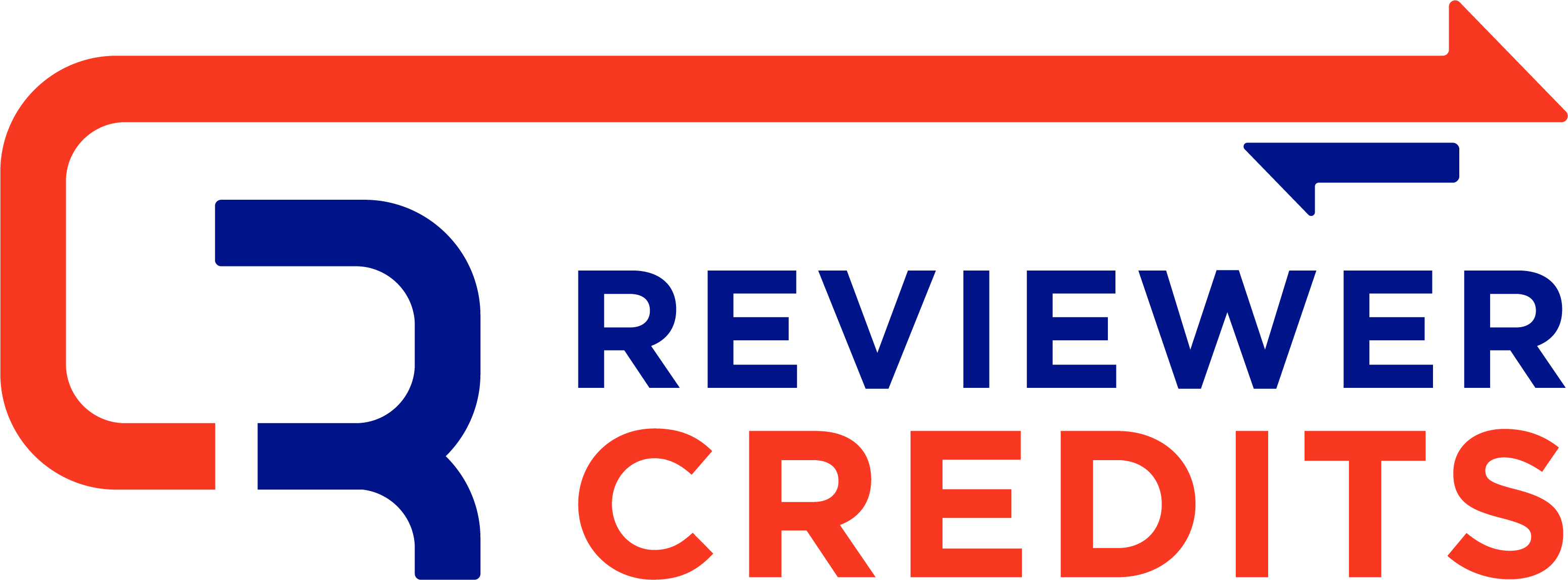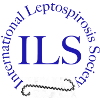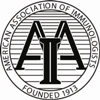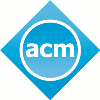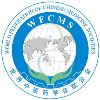Article types we accept:
Research | Review | Case studies | Letter to editors | editorials | rapid communication | short communication | obituaries | reports | commentaries | opinions and hypothesis | short reports | Abstracts | Book reviews | Meeting-reports | Orations | Product reviews | and others
Unique features:
Articles published with Enliven will be available electronically in all following modes:

A part from providing above versions, we also deposit video version in about 15 freely accessed social network sites that promote videos which in turn will aid in rapid circulation of articles published with us.
Manuscript preparation guidelines:
Enliven provides access globally and hence the articles published with us will be read by all members, scientists, researchers, scholars, academicians, and students all over the world. Hence authors should give proper findings and should maintain the article in such a way where articles can be communicated to anyone without barriers like language, communication, and understanding.
In order to maintain such healthy contributions to Enliven, we provide schematic and brief guidelines for authors to prepare manuscripts. To summarize, articles submitted should be clearly communicated to all the members those who read them without any ambiguities in knowing the flow of the thought that should be delivered from the article.
Here we go with a few guidelines for preparing the article:
Cover letter
Manuscript content
References
Figures and figure legends
Tables
Equations
Supplementary materials
Cover Letter
It would be always advisable to have a cover page for a manuscript which aids both Enliven and also authors to have a clear declaration.
a) Authors need to acknowledge Enliven stating that they have not submitted the same work elsewhere and also stating that the submission is original. [Optional]
b) Authors should provide complete mailing address of corresponding author that include all the contact details (First name, last name, complete affiliation, Telephone contact, Fax (if available) and E-mail ID). [Mandatory]
c) Authors either can also suggest any possible referees or oppose referees. [Optional]
d) Authors need to provide the pre discussions that were held with any editorial board member to help us in assigning the work appropriately. [Optional]
Manuscripts should be submitted in a single document (Preferably Microsoft Word). Manuscript content should be laid in following order:
Manuscript title: Each manuscript should contain legible and unique title which should be self explanatory about the content.Author details: If the author details are not mentioned in the cover letter, it is mandatory to mention the entire details in manuscript content which includes complete mailing address of corresponding author that include all the contact details (First name, last name, complete affiliation, Telephone contact, Fax (if available) and E-mail ID).
Note: Mentioning corresponding author details is mandatory.
Abstract: Authors should form a precise and explanatory abstract about the article which helps the editors, reviewers and readers to consider the article. The article with quality abstract will be highly read.
Keywords: Authors may mention keywords which will help us and also any other to find the article accordingly in related searches.
Abbreviations: Authors may mention the abbreviations and acronyms of the new terminologies or the existing terminologies that would be made use in the manuscript.
Main text may include the following subdivisions to complete the entire manuscript content. The following subdivisions change according to the article type
i) Introduction: This division of the manuscript includes the introductory part of the methods, methodologies, innovative thoughts, and any techniques that would be used in the manuscript. A brief introduction about any part of the manuscript will help the readers to find the information about manuscript accordingly.
ii) Methods and Materials: This division of the manuscript includes the methods and materials used in the manuscript and the statements that support the selection of that exclusive method. Author can explain the entire methodology, experiments (if any) and evaluated data, statistics and any other relevant information. Authors should explain the experimental protocols clearly and also should mention the entire process properly which might include usage of reagents, selection of experimental materials as (White albino rats, monocot plants, etc.), and also techniques, algorithms so used.
iii) Conclusion: This division of the manuscript includes the points that should be concluded according to the assumptions made and the conclusions should stick to the point mentioned in the manuscript text.
iv) Results and discussion: This division of the manuscript includes the points to be discussed according to the assumptions made and conclusions concluded and discussion should support the manuscript in all the ways to have a high rate in finding the article.
v) Acknowledgements: This division of the manuscript includes the author acknowledgements regarding the funding agencies, institutes, supporting organizations, and hospitals or persons who aided them in completing the work.
Acknowledgement helps us in finding the quality of the article where work supported by many organizations would be rated high.
This division of the manuscript includes the citations that were made use by authors in order to complete the work. References should be numbered and should be cited in ascending order in the manuscript text and the same references should be mentioned at the end of the article. All the references cited should be published online or should be in press releases.
References should be numbered and should be mentioned in manuscript content in parenthesis as [1] or [1,2, 5-8] etc. There should be no repeated references in the reference list mentioned below the content and can have the reference number repeated as many times it is required.
There includes different type of references viz
a) Article references b) Book references c) Conference proceedingsa) Article references:
Single author:
Format: Author 1 (Year) Title of manuscript. Journal short name Volume number: Starting page number-ending page number.
Example: Jemmerson R (1996) Epitope Mapping by Proteolysis of Antigen-Antibody Complexes. In Epitope Mapping Protocols 66: 97-108.
Two authors:
Format: Author 1, Author 2 (Year) Title of manuscript. Journal short name Volume number: Starting page number-ending page number.
Example: Hager-Braun C, Tomer KB (2005) Determination of protein-derived epitopes by mass spectrometry. Expert Rev Proteomics 2: 745-756
The same format will be followed for three authors and four authors.
Five authors:
Format: Author 1, Author 2, Author 3, Author 4, Author 5 (Year) Title of manuscript. Journal short name Volume number: Starting page number-ending page number.
Example: Burnens A, Demotz S, Corradin G, Binz H, Bosshard H (1987) Epitope mapping by chemical modification of free and antibody-bound protein antigen. Science 235: 780-783.
More than five authors:
Format: Author 1, Author 2, Author 3, Author 4, Author 5, et al. (Year) Title of manuscript. Journal short name Volume number: Starting page number-ending page number.
Example: El-Kased RF, Koy C, Deierling T, Lorenz P, Qian Z, et al. (2009) Mass Spectrometric and Peptide Chip Epitope Mapping of Rheumatoid Arthritis Autoantigen RA33. Eur J Mass Spectrom 15: 747-759.
b) Book references:
Format: Author name (year) Title of book. (edition number), publishing company, Location of publishing company.
Example: Twyman RM (2004) Principles of proteomics. (1st edtn), Garland Science/BIOS Scientific Publishers, New York, NY 10017, USA.
c) Conference references:
Format: Author name (Year) Title of article. Conference name and details
Example: Hawkins PM (1995) The development of shortwave radio telecommunications in the 1920's and 30's. International Conference on 100 Years of Radio, London.
Note: Authors should make use of et al. after five authors in the reference.
Electronic Journal Articles Entrez Programming Utilities http://www.ncbi.nlm.nih.gov/books/NBK25500/ .
Figures and Figure Legends
This division of the manuscript should be used to provide the data in figures to help or communicate the content to readers which includes the files in JPEG, PNG, and Tiff.
Figures should follow certain image specifications to index the manuscript with PubMed. Please find the specifications: http://www.ncbi.nlm.nih.gov/pmc/pub/filespec-images/Figures should be numbered and should be provided with clear legend which helps us in inserting the figures in article accordingly.
Figure labels should be placed in the manuscript text which aids readers to find the continuity of the text. E.g. Figure 1 will be the figure label; description of figure will be the figure legend.
Authors are responsible for the figures used in terms of getting prior permission for copyright figures and for figures that are published prior. It is always advisable to avoid the unnecessary figures from a publication.
Tables
This division of the manuscript should be used to provide the statistical data or any data that should be mentioned in the tabular form.
Authors can provide the data either in word document or in excel document and author can make use of multiple tables for submission. Tables should contain specific numbers and labels and legends as of figures and should be mentioned in the manuscript text which aids readers to understand the content accordingly.
Equations
This division of the manuscript should be used to provide the data in the form of equations and hence authors need to provide the data of equations in the form of text but in the form of an image.
Author might make use of specific software for creating equations.
This division of the manuscript should be used to provide any data that would be used for referring certain part of the manuscript and would be in bulk content wise.
This can be named as supplementary files or appendix. Authors may make use of multiple files and should number the files and provide the label in the manuscript text which aids readers to track the information.
Supplementary files can be in any one of the formats (PDF, Microsoft Word, and Excel)
Supplementary files or appendix will be published along with the manuscript and will be provided as individual link to download and view the material.
Note
Authors may send us the manuscript with clear headings and subheadings if they unable to submit the article according to the above mentioned format.
As Enliven provides a descriptive video for each and every article, authors may send us the descriptive version of their article upon the acceptance.
Enliven merely stands on the quality output and hence the article would be sent to authors for providing galley proof after article acceptance where any typographical errors or any other related errors that should be corrected in the manuscript can be reported and after completing this process, final proofs will be published online upon an acceptance note from the author to publish.
Publication Charges
Publication charges of Enliven Archive are as follows
High income: $ 549
Middle income: $ 369
Low income: $ 279
